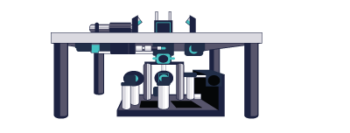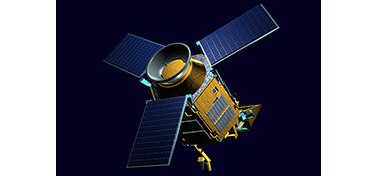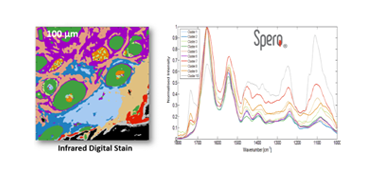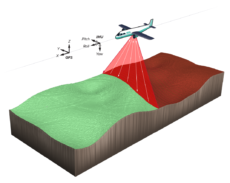Contact Laser 2000
For expert photonics advice, get in touch with the Laser 2000 team.
Our experts are on-hand to help answer your questions and ensure you get the right solution for your application. To contact us, either send us an email, or give us a call to have a chat about your latest application.
We look forward to hearing from you.
Phone: +44 (0) 1933 461 666
email: [email protected]
email: [email protected]

































